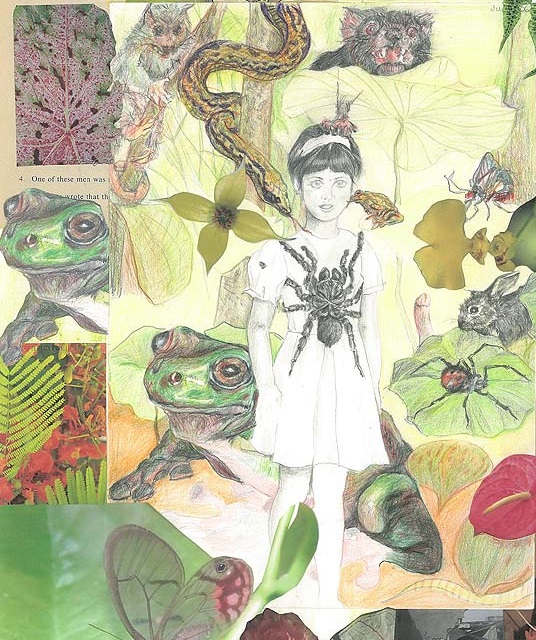Part 3
Continued from the posts on relational trauma and the previous one on dissociation….. (Edited)
«Ότι μας κλώτσησε στο φως / είναι αυτοσχέδιος μηχανισμός / όπως το γέλιο ενός παιδιού / μια χαραμάδα πανικού….» Στίχοι: Χρήστος Θηβαίος

(abuse amnesia; ambient abuse; cognitive dissonance; gaslighting; triangulation; provocation and triggering; conditioning; violations of trust; misuse and abuse of power; simultaneous wounding; complex PTSD; narcissistic injury and rage; causality and compassion; nature and nurture; society, enculturation and the operation of outdated beliefs; cold empathy; empathy)
In her book Shahadi Arabi expands on the neurobiology of trauma and how we are both wired to bond with others, even those that hurt us, and deny or dissociate what hurts us. She uses the term abuse amnesia. She writes “Many of us suffer abuse amnesia because our brain creates defensive mechanisms in the form of disassociation to protect ourselves from the abuse we’re suffering, but to heal from trauma, we have to at some point address it…… Abuse amnesia {is} the victim’s tendency to suppress abusive memories after they have been chronically abused. The victim may even demonstrate a positive outlook on the abuser, repressing the trauma they’ve experienced due to their investment in their relationship, as well as trauma bonding created by intense, shared experiences…” This partial disconnection to the totality of one’s reality or deeper underlying dynamics can also be attributed to simply not knowing all the facts, ignorance of red flags and what to be weary of in relationships, constantly doubting oneself and one’s perception, over trusting and over tolerance, and also, something termed as ambient abuse, which is the atmosphere of fear, anxiety and self-doubt created by covert intimidation often with no acts of traceable explicit abuse.
Cognitive dissonance (also related to the above) is a distressing mental state that occurs when we hold two conflicting beliefs at once. Arabi writes “In order to resolve this internal conflict, the individual has to look for reasons that one belief over the other is true. When an abuse victim meets his or her abuser, they often see the charming, loving façade in the early stages of the relationship. When abusers eventually unmask themselves and reveal their true ugliness, abuse victims struggle to reconcile the horrific abuse with the sweet, tender and seemingly compassionate person they first encountered at the beginning of the relationship. This may lead them to deny or minimize the abuse as a way to survive the reality they’re experiencing and resolve their cognitive dissonance…… It can take a great deal of time and effort before we can resolve the cognitive dissonance that this type of relationship evokes in us, as we are likely to develop conflicting beliefs, feelings and thoughts about an abusive partner who can switch masks so rapidly (Carver, 2004).” Resolving cognitive dissonance involves seeing the bigger picture and coming to terms with the truth rather than engaging in denial, minimization or rationalization. Cognitive dissonance further exacerbates complex-PTSD symptomatology; so, the capacity to ground ourselves in the totality of our reality takes time and requires a grieving process and some level of healing. It also requires knowledge; however, while knowledge is power, until one can deal with their subconscious wounds, it is difficult to end manipulation or abuse or to create significant changes. Knowledge must be combined with behavioral changes, which need to be supported by healing on the level of these wounds.
